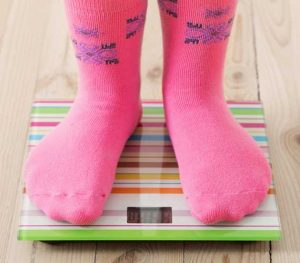
Below is the abstract from this paper, published in Contact Lens and Anterior Eye, 32 (2009) 133-140. Authors: Klaus Ehrmann, Cathleen Fedtke, Alexa Radic.(Bold text is added by SchoolScreener, for emphasis.)
Introduction:
New opportunities for vision assessment in the consulting room are given with the application of computers. This study cross-validated high and low contrast visual acuity (VA) data measured using traditional paper charts and new computerised technology applying the chart design of Bailey and Lovie. In addition, subjects’ contrast sensitivity (CS) was tested with a computerised CS test, and the effect of memorisation was determined using a traditional chart.Methods:
The habitual vision of 40 adult subjects (mean age 36) was measured with both low and high contrast methods as well as with the CS test. For testing the memorisation effect, 17 (mean age 33.1) of the 40 subjects were tested with the traditional high contrast chart five times in 1 day, at least 1h apart.The fifth test and a control test, conducted 4 weeks later, were accomplished under low illumination. All tests were conducted three times, both binocular and monocular right and left. Also, testing times were recorded.Results:
Both methods were very repeatable in terms of high and low contrast VA. The mean VA of both methods did not differ by more than one letter. The testing times of the paper charts were not more than 2 s faster than with the new method. A memorisation effect could not be demonstrated after five repeat visits within 1 day. The computerised CS test was repeatable but showed only poor correlation with the low contrast VA test.Conclusion:
This investigation showed that results from high and low contrast paper charts are directly comparable to computerised vision testing in terms of repeatability, accuracy and testing time. Given the additional advantages of better contrast control, more flexibility and test options, together with the general acceptance and positive feedback from patients, paper charts can be replaced by computer monitors without any adverse implications.2009 Published by Elsevier Ltd on behalf of British Contact Lens Association.




